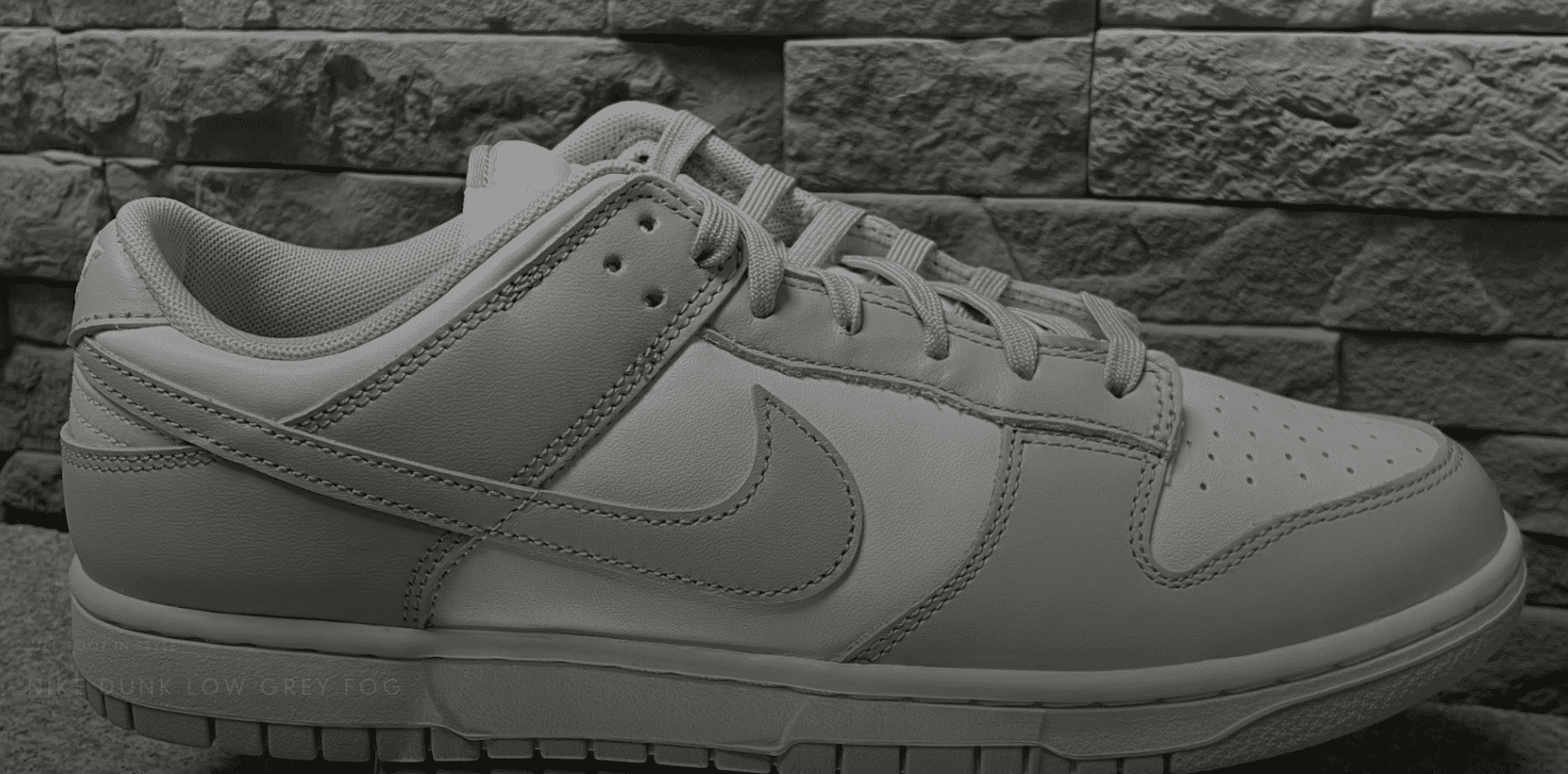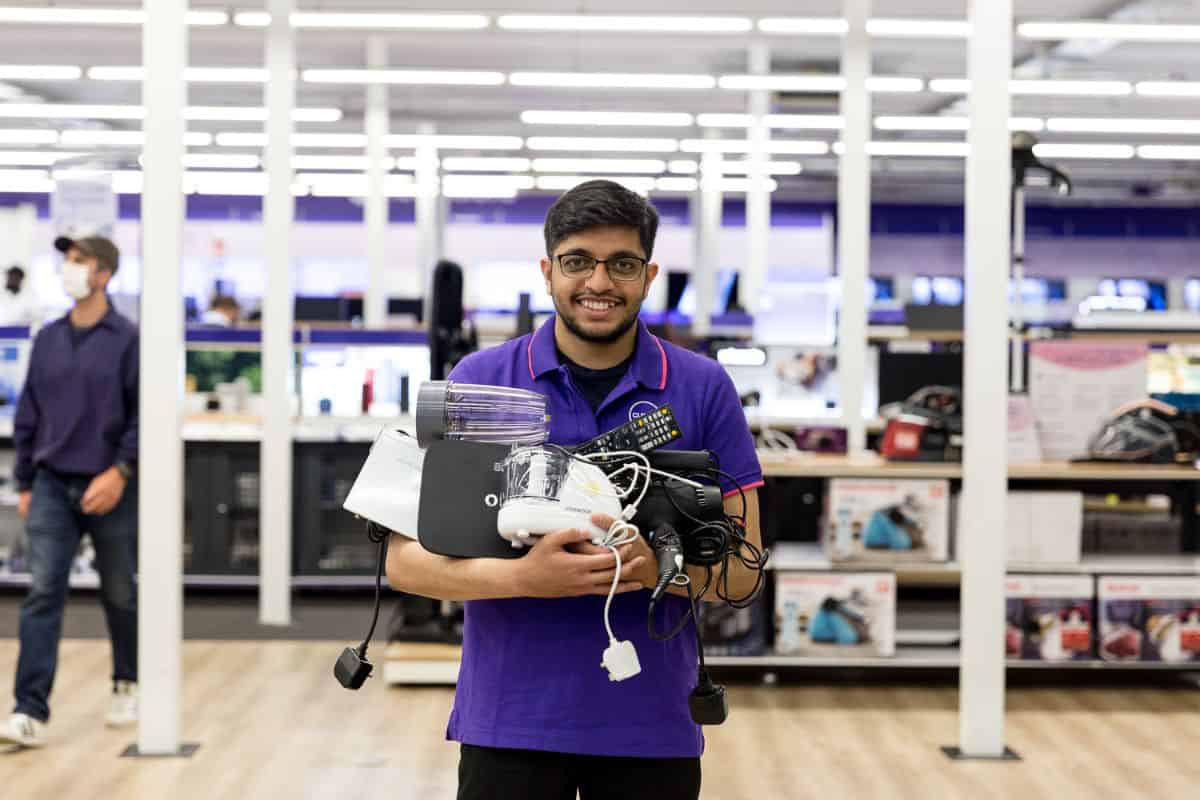By a large margin, sneakers are the fashion items most subject to risk in terms of online fraud, with a riskiness valued at 162% above average industry riskiness. This comes ahead of high-end fashion clothing (69%), and those two are the only ones with a score above the average.
Other subcategories such as jewellery & watches and cosmetics have a score below average in terms of riskiness.
According to data from Riskified, a leader in eCommerce risk management, while the sneakers industry has been the riskiest for a while compared to other categories in the fashion industry, 2022 marked an even stronger turning point for this specific industry. The risk level gap between sneakers and the rest of subcategories in the industries grew even wider, meaning that it turned out to be even riskier compared to the other industries.
This is due to sneaker products having a great resale market, therefore being easily resalable and lucrative for fraudsters. Furthermore, in the past few years, sneakers have become an investment asset, and 2022 economic uncertainties might have reinforced this trend: sneakers seemed to act as a type of ‘crisis commodity,’ similar to gold, silver or other precious metals.
New customers, old customers: who’s (really) your sole-mate?
While we find varied trends in each industry, the “new customers” segment is consistently riskier compared to the “old customers” segment.
In the sneakers category, returning customers are the majority out of the Legitimate population considered as legitimate customers, while within the Fraudulent population, it’s more balanced between old and new.
If we take an even closer look at the sneakers category:
- Riskiness: “new customers” are riskier – The yearly average of new customers’ risk level was almost twice as high compared to old customers’ average risk level.
- Both segments’ risk level trends were pretty similar throughout the year, while the risk gap consistently increased – which means that throughout 2022, new customers turned out to be even riskier compared to old customers
- Popularity: “new customers” are more popular among fraudsters – the segment’s average share out of legitimate transactions was about a third, while its share out of fraudulent transactions was about a half.
- In general, “new customers” popularity was stable throughout the year – among both the legitimate and fraudulent populations.
Riskiness based on bucket value
Riskified unveils orders for amounts between $100 and $300 are the most challenging buckets – while holding more than half of the legitimate orders (in terms of both volume and dollars), this range also holds about a half of the fraudulent volume. This insight might indicate that merchants are challenged in distinguishing between the good orders vs the fraudulent ones, which can result in higher operational efforts and costs. In addition, this bucket range experienced the most significant risk levels increase throughout the given time frame (between October 2021 and September 2022).
Interestingly, we find that the lowest amount bucket (‘under $100′) has a similar contribution to the dollar sales revenue as the $500-$1,000 bucket (based on dollar share out of the legitimate population). Looking at these buckets’ shares out of the total fraudulent value, the higher priced bucket has significantly more potential to take a big piece out of the Sneakers merchants fraud costs. The riskiness gap between these two buckets though is very significant, and the $500-$1,000 bucket is way riskier.
In general, the highest amount buckets (above $500) are the riskiest ones (based on risk levels). They further hold together more than half of the fraudulent (in terms of dollars), but significantly less popular among the legitimate population and their contribution to the dollar revenue is relatively small.
How to outrun sneakers fraud?
Riskified’s platform uses advanced technologies based on machine learning in order to provide key insights for their customers as well as reactive ways to fight fraudulent activities while still letting legitimate transactions come through with reduced friction.
Among other functionalities, Riskified is familiar with the Gift Cards unique fraud characteristics and has the ability to identify and decline related orders in real time.
Furthermore, Riskified’s proprietary technology also allows our systems to accurately determine whether a proxy server was used while placing an order.









